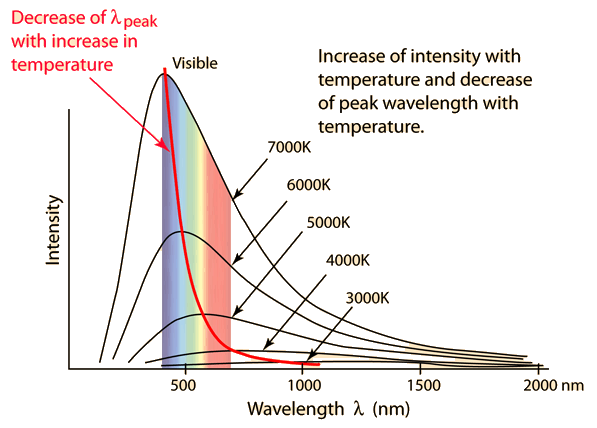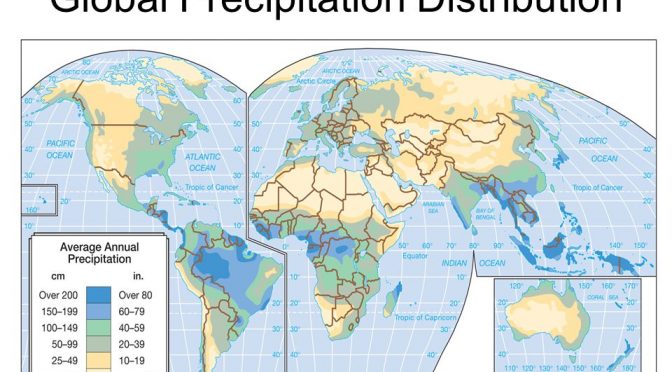Global overview on the water cycle
This unit looks at the global water cycle, in terms of the atmosphere, lithosphere, glaciosphere, and biosphere. The basic aspect of the interaction between the spheres and the interaction between the energy and water cycle are discussed on a long temporal and spatial scale.

The goal of this unit is to introduce the concepts of reservoirs, and fluxes, water balances, their role in the water cycle, and the interaction between the water and energy cycles.
After successful completion of this unit students will be able to
- Explain the global energy budget, its role for the water cycle, and its links to the water cycle
- Describe the general circulation of the atmosphere including the temperature and pressure distribution
- Name and explain teleconnections
- Describe the global distribution of precipitation, runoff, evapotranspiration
- Explain the global water balance
- Use the concepts of water balances, energy balances, reservoirs and fluxes
Students’ tasks
- Read Dingman’s Chapter 2. to 2.2.6 (included)
- Watch this video
- Take notes
- Fill out the questionnaire prior to Thursday 2359 Alaska time
- All students: Solve two of the three problems assigned for all students, and graduate students also solve the problem assigned at the ATM625 level in this Unit 2 Applications prior to Thursday 2359 Alaska time
Supplemental material (optional)
Worked problem: Question and solution of a change in runoff application.
FAQ
Q: Are there resources you can recommend how to best solve the math problems?
A: Yes, Appendix B of Grant W. Petty, A first Course in Thermodynamics. It’s available in the library. See here.
© 2019 Nicole Mölders | All rights reserved
